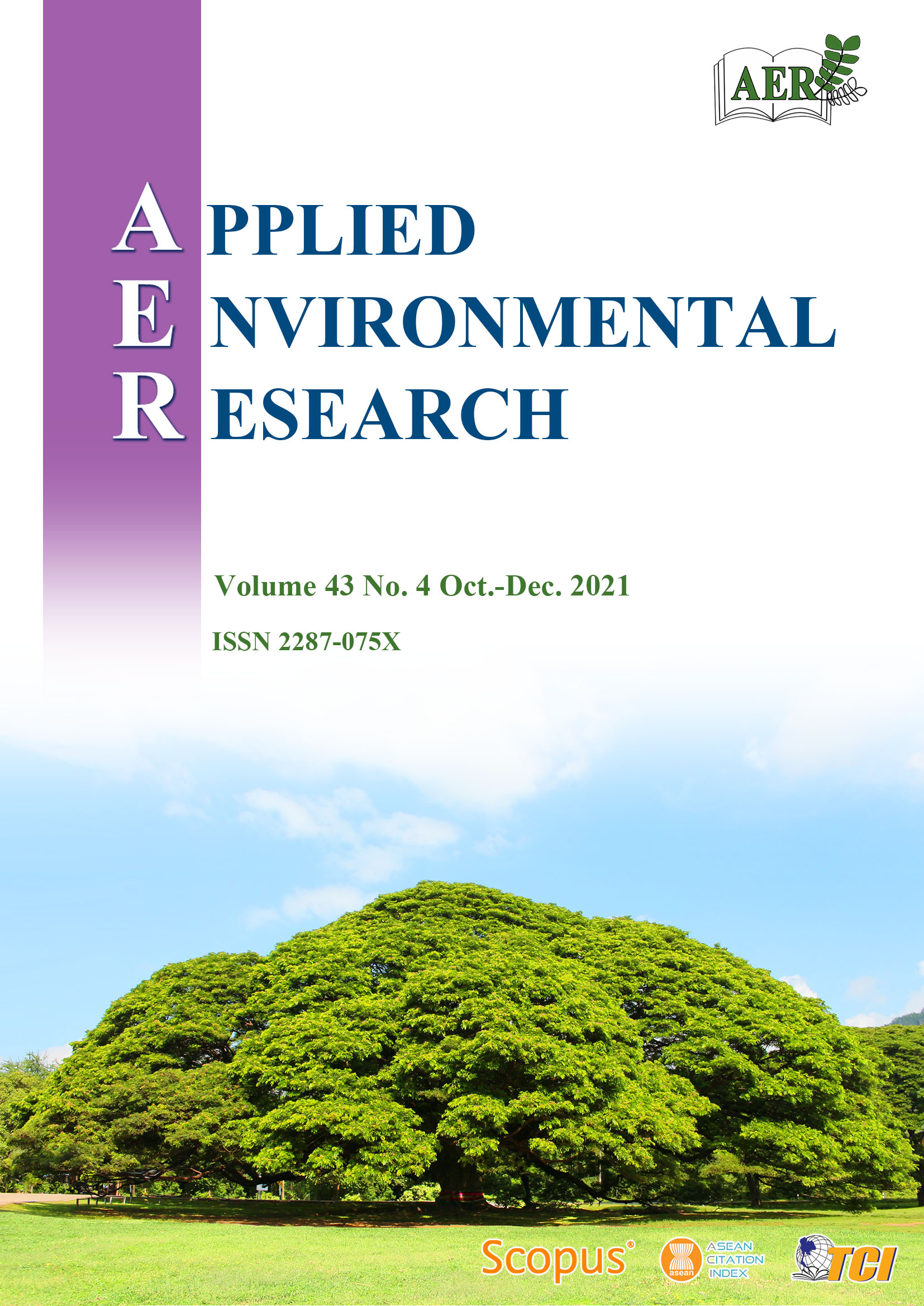Life Cycle Assessment of Ethiopian Cement Manufacturing: A Potential Improvement on the Use of Fossil Fuel in Mugher Cement Factory
Main Article Content
Abstract
The use of imported fuel in the Ethiopian cement industry increased the cost of production and the environmental burden, necessitating intervention. The greenhouse gas (GHG) emission, energy usage intensity, and resource exploitation of Ethiopian cement production were evaluated using the life cycle impact assessment (LCA) tool, aiming to recommend improvements. The LCA study used cumulative energy demand (CED) and Intergovernmental Panel on Climate Change (IPCC) 2006 life cycle impact assessment (LCIA) methods. For the case study of Mugher cement factory (MCF), the results on energy use intensities showed 3.74, 3.67, and 2.64 GJ/ton of clinker, Ordinary Portland cement (OPC), Pozzolana Portland cement (PPC), respectively. The result revealed MCF's energy use intensity was within the global range of 3.32 to 5.11 GJ/ton of cement production using similar kiln technology. The results on the GHG emissions were 0.87, 0.84, and 0.59 tons of CO2-equivalent/ton of clinker, OPC, and PPC, respectively. Process emissions accounted for 60% of overall CO2 emissions, with energy-related emissions accounting for the remaining 40%. CO2 emissions of MCF are below the global limit of 0.9 tons/ton of clinker, where all energy sources are fossil fuels. However, it is higher than the 0.65 ton/ton of clinker from a moderate rotary kiln in China. MCF used 70% of its total energy sources from imported fossil fuels, and transportation of the imported fuel added 1.2% CO2 to total emissions. A suggested fossil fuel use improvement scenario for MCF, where coffee husk replaces 50% of the imported coal improved the energy intensity, GHG emissions, and total cost of coal in clinker production by 1.2%, 14%, 36%, respectively.
Article Details

This work is licensed under a Creative Commons Attribution-NonCommercial 4.0 International License.
Published articles are under the copyright of the Applied Environmental Research effective when the article is accepted for publication thus granting Applied Environmental Research all rights for the work so that both parties may be protected from the consequences of unauthorized use. Partially or totally publication of an article elsewhere is possible only after the consent from the editors.

